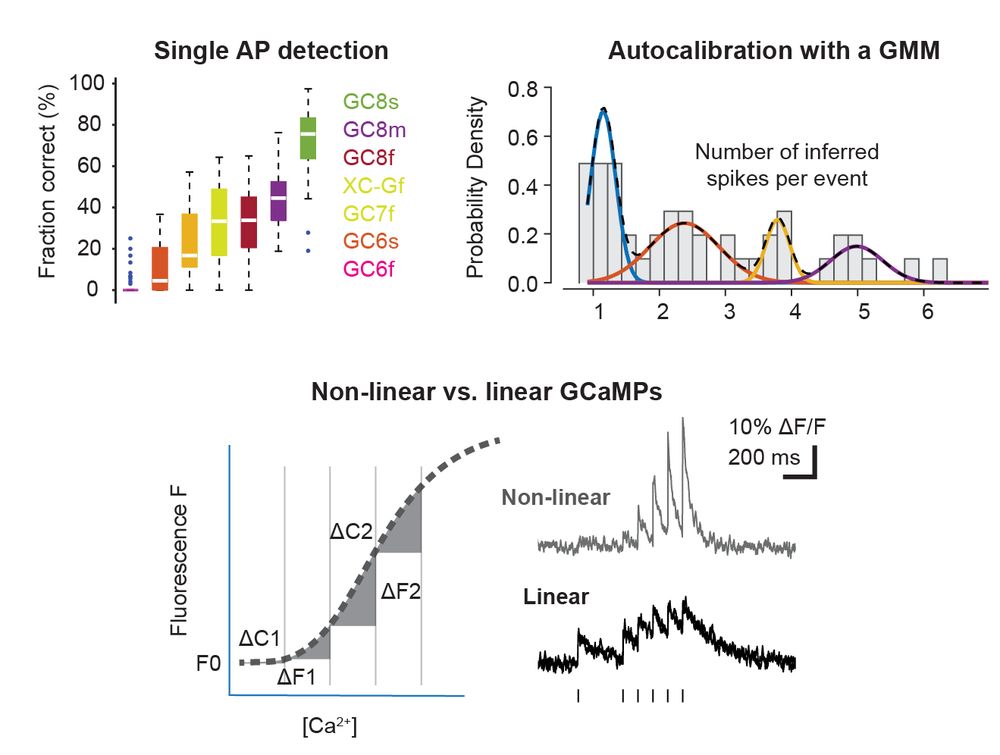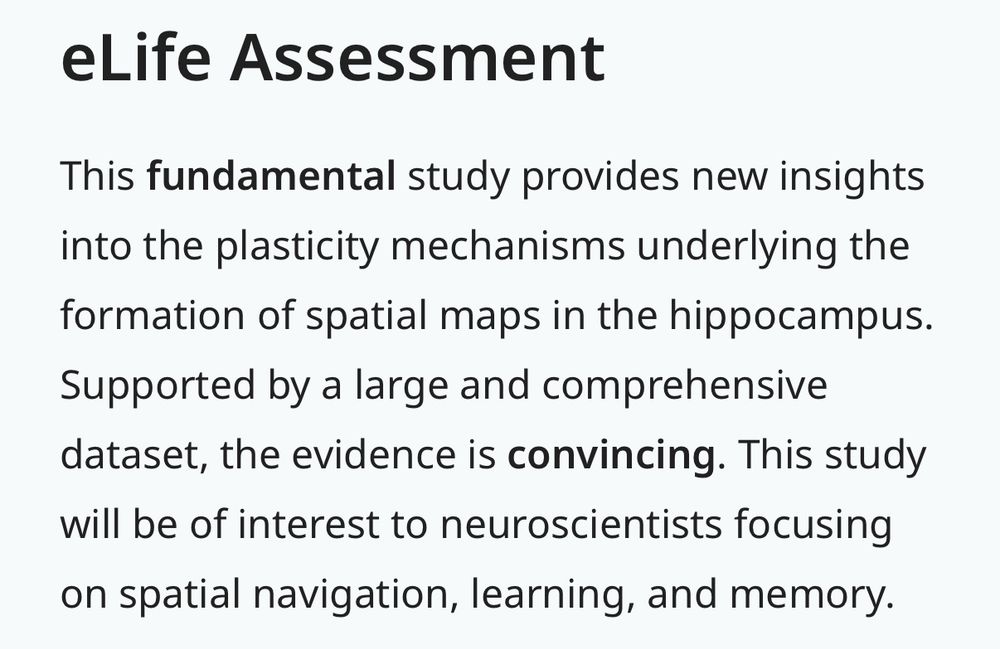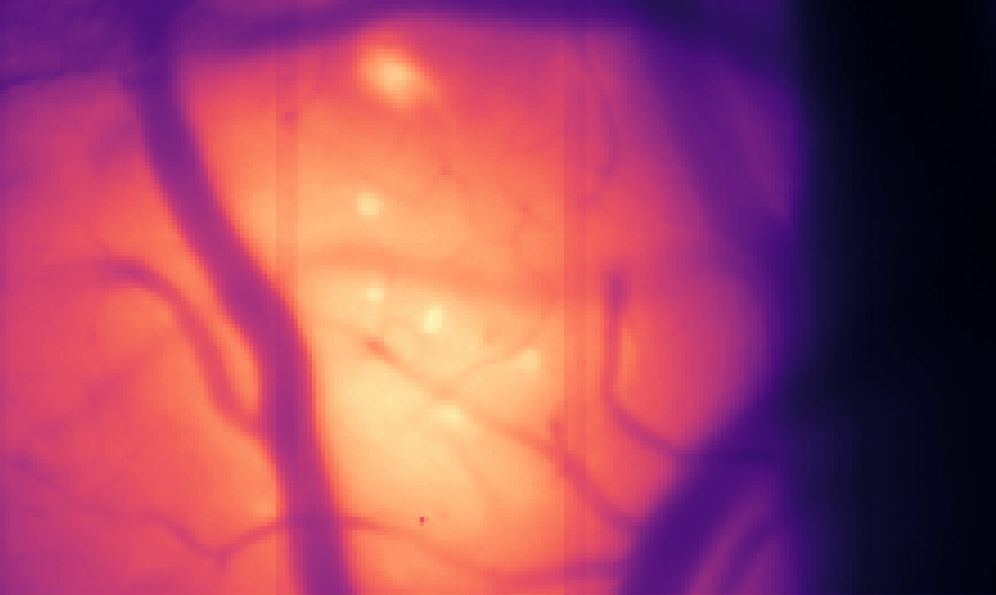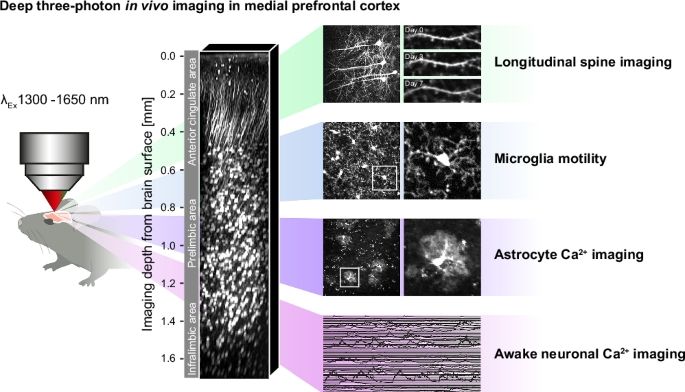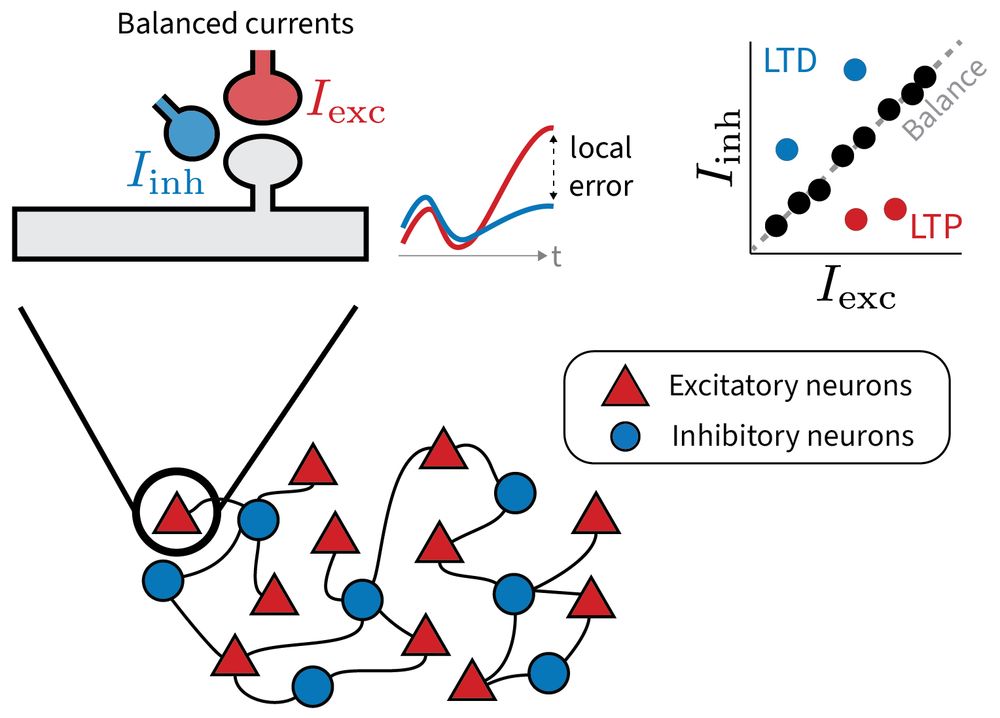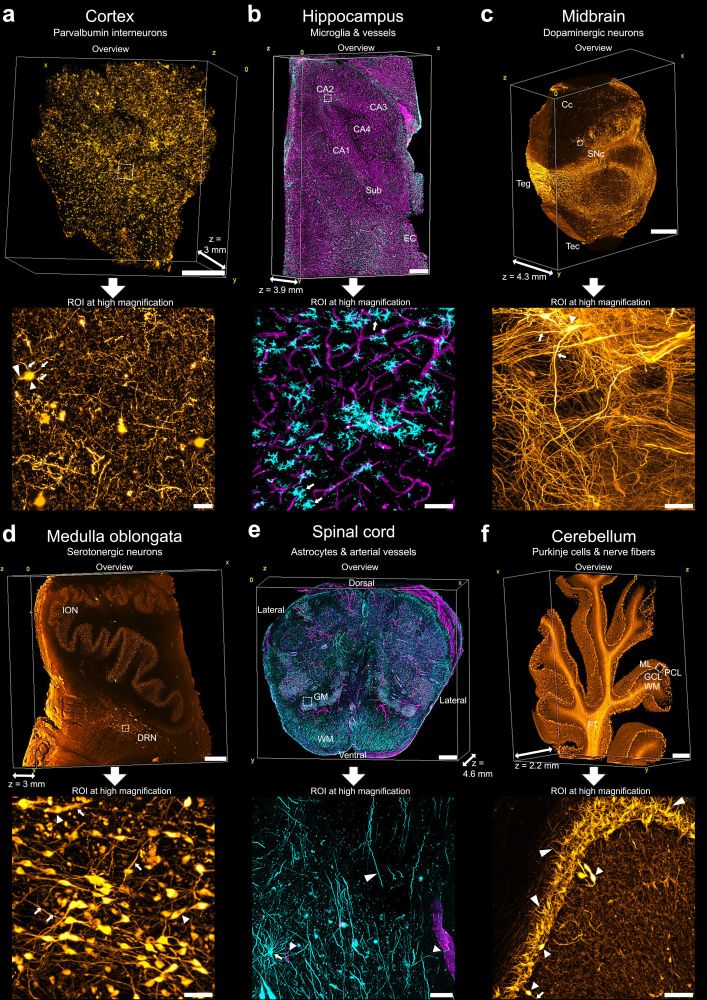Peter Rupprecht
@ptrrupprecht.bsky.social
630 followers
550 following
69 posts
Junior group leader in neuroscience - calcium imaging, ephys, plasticity, microscopy, neurons & astrocytes, data analysis. PhD with Rainer Friedrich, postdoc with Fritjof Helmchen. https://www.gcamp6f.com/
Posts
Media
Videos
Starter Packs
Pinned
Reposted by Peter Rupprecht
Peter Rupprecht
@ptrrupprecht.bsky.social
· Aug 14

Displaying the hippocampus as EM image on the office wall
One of the most amazing methods in modern neuroscience is dense volumetric electron microscopy of the brain. I have mentioned some openly accessible datasets before (see my previous blog post), but…
gcamp6f.com
Peter Rupprecht
@ptrrupprecht.bsky.social
· Aug 11

Interesting papers on the role of cell organelles in neuronal dendrites for calcium signaling
Researchers utilize calcium imaging to track neuronal activity in the brain, highlighting the role of calcium as a signaling molecule. Recent studies investigate intracellular calcium dynamics, par…
gcamp6f.com
Peter Rupprecht
@ptrrupprecht.bsky.social
· Jul 31
Peter Rupprecht
@ptrrupprecht.bsky.social
· Jul 31
Reposted by Peter Rupprecht
Abhi Aggarwal
@abhiaggarwal.bsky.social
· Jul 31

A sensitive orange fluorescent calcium ion indicator for imaging neural activity
Genetically encoded calcium indicators (GECIs) are vital tools for fluorescence-based visualization of neuronal activity with high spatial and temporal resolution. However, current highest-performance...
www.biorxiv.org
Peter Rupprecht
@ptrrupprecht.bsky.social
· Jun 23
Reposted by Peter Rupprecht
Reposted by Peter Rupprecht
Peter Rupprecht
@ptrrupprecht.bsky.social
· May 27
Reposted by Peter Rupprecht
Peter Rupprecht
@ptrrupprecht.bsky.social
· May 21
Reposted by Peter Rupprecht
Peter Rupprecht
@ptrrupprecht.bsky.social
· Apr 26
Peter Rupprecht
@ptrrupprecht.bsky.social
· Apr 26
Peter Rupprecht
@ptrrupprecht.bsky.social
· Apr 26
Neuromodulation of Brain State and Behavior | Annual Reviews
Neural activity and behavior are both notoriously variable, with responses differing widely between repeated presentation of identical stimuli or trials. Recent results in humans and animals reveal th...
doi.org

